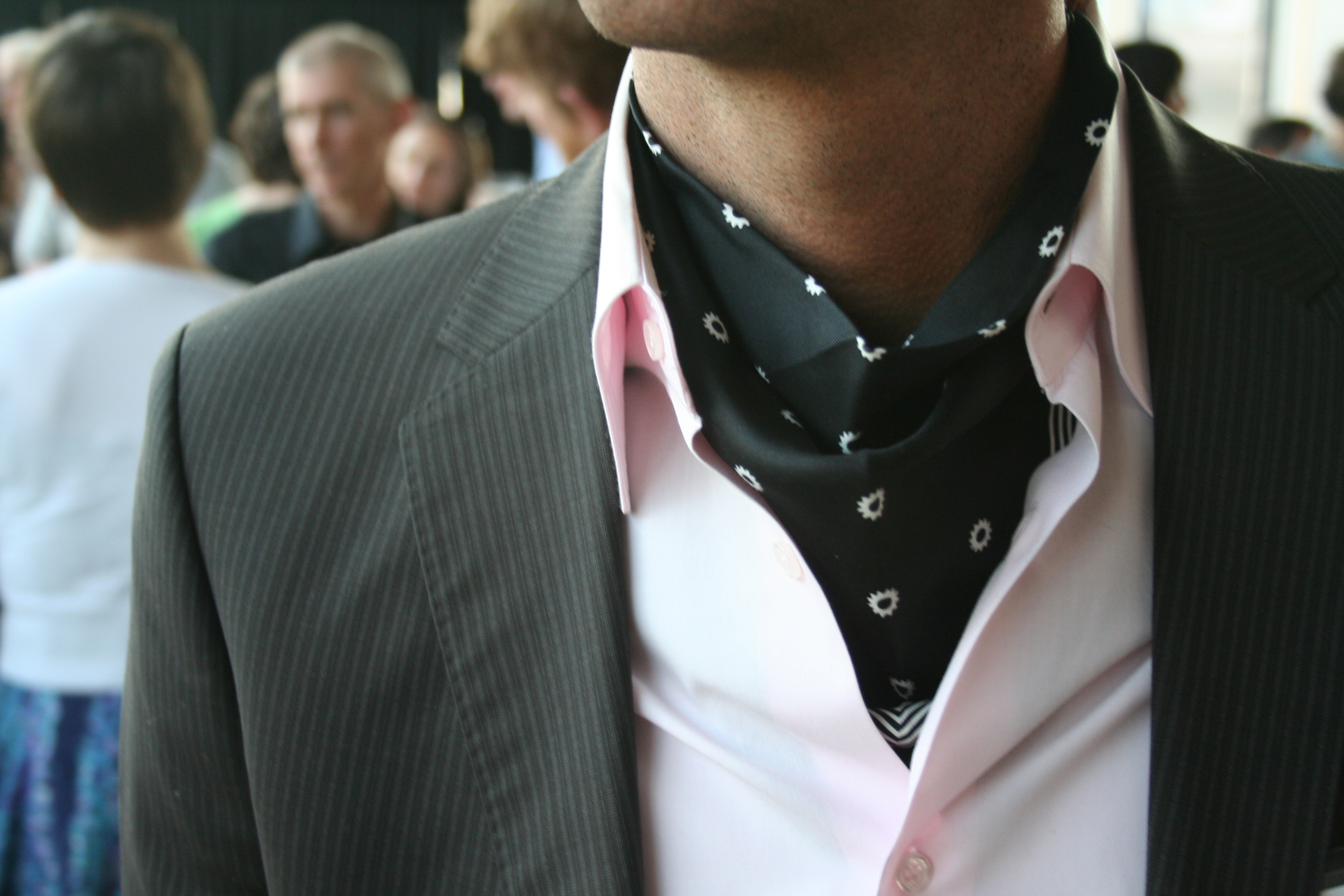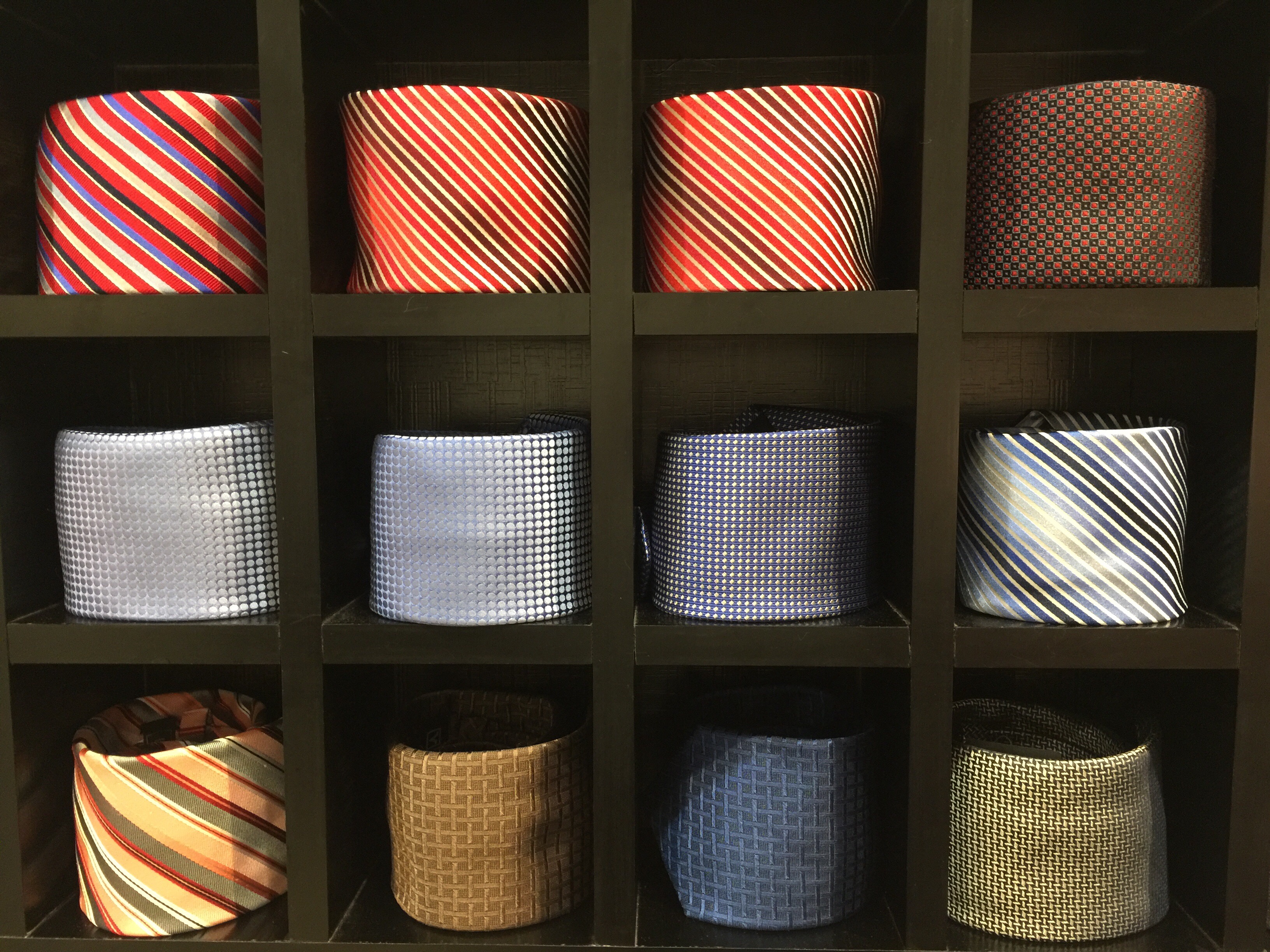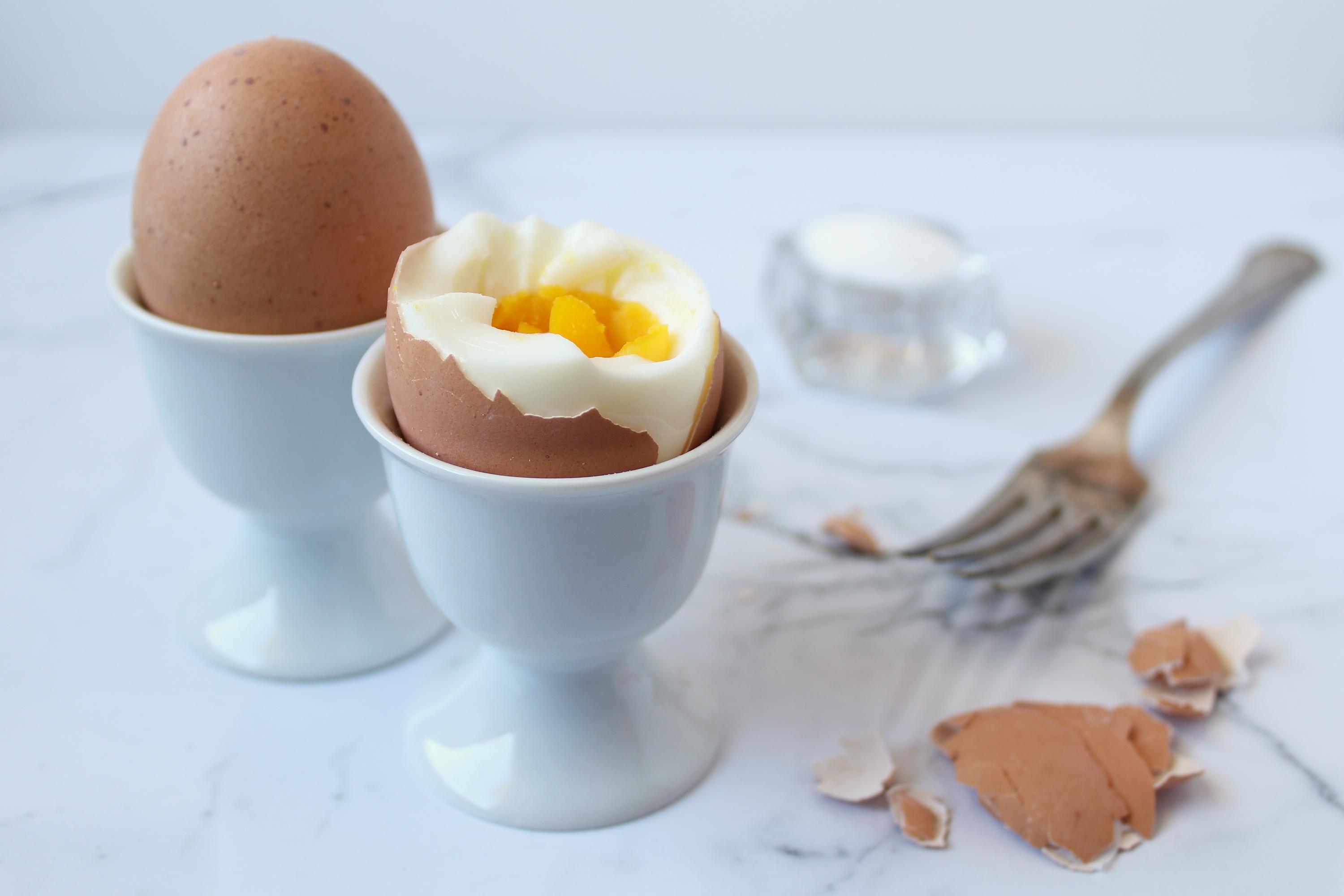10 Surprising Facts You Never Knew About Tying a Tie
Neckties, those long strips of cloth that hang from the collar, are often considered merely an accessory in the grand tapestry of fashion. However, they hold a significant place in history and culture, transcending their seemingly simple purpose. The necktie is a symbol of sophistication, professionalism, and sometimes rebellion. From the boardroom to the red carpet, neckties have been a staple in men's fashion for centuries, adapting to the whims of style and the demands of function. From its origins as a simple piece of cloth used by soldiers to protect their necks from the cold, the necktie has evolved into a statement piece that speaks volumes about the wearer's personality and status. This journey through history is not just about fashion but about the cultural shifts that have influenced the way we dress. As we delve into the astonishing aspects of neckties, prepare to be surprised by the depth and breadth of their impact on society and individual identity.
1. The Historical Roots: From Cravat to Necktie

The story of the necktie begins in the 17th century with the cravat, a piece of cloth worn by Croatian mercenaries serving in France. This early form of the necktie was adopted by the French upper class, who were enamored by its elegance and versatility. The cravat soon became a symbol of status and was intricately tied in various styles, each with its own significance. As the cravat evolved, it spread across Europe, influencing fashion trends and becoming a staple in men's wardrobes. In the 19th century, the cravat gave way to the modern necktie, thanks to the industrial revolution and the need for more practical attire. The modern necktie offered a simpler, more streamlined design that was easier to produce and more comfortable to wear. This evolution was not just about aesthetics; it was a reflection of the changing times, as society moved towards a more industrialized and less aristocratic structure. The necktie became a symbol of the working man, a representation of professionalism and dedication.
2. The Science of Necktie Design

Behind every necktie lies a world of design and craftsmanship that is often overlooked. The choice of fabric, the cut, and the pattern all play crucial roles in the necktie's final appearance and function. Silk, wool, and polyester are the most common materials used, each offering different textures and durability. Silk, known for its luxurious feel and sheen, is often chosen for formal occasions, while wool provides warmth and a more casual look. The construction of a necktie involves precise measurements and techniques. A well-made necktie should have a perfect balance between the blade and the tail, ensuring it hangs straight and flat. The interlining, usually made of wool or cotton, gives the tie its shape and weight. Patterns, whether woven or printed, add another layer of complexity, with stripes, polka dots, and paisleys being perennial favorites. The science of necktie design is a meticulous process that combines aesthetics with functionality, ensuring that each tie is not only a fashion statement but also a work of art.
3. The Art of Knot Tying

The way a necktie is tied can speak volumes about the wearer's personality and style. There are numerous knots to choose from, each with its own history and level of complexity. The four-in-hand knot, one of the simplest and most popular, is known for its asymmetrical shape and versatility. It's a go-to choice for everyday wear, offering a casual yet polished look. For those seeking a more formal appearance, the Windsor knot is a classic option. Named after the Duke of Windsor, this knot is symmetrical and wide, making it ideal for spread-collar shirts. The half-Windsor, a smaller and more manageable version, offers a similar look with less bulk. More adventurous tie wearers might experiment with the Eldredge or Trinity knots, intricate styles that require practice and patience. The art of knot tying is a testament to the necktie's adaptability, allowing wearers to express themselves through subtle variations in style.
4. Neckties as Status Symbols

Throughout history, neckties have been used to denote social status and affiliation. In the corporate world, a well-chosen tie can convey authority and confidence. Power ties, typically in bold colors like red or blue, are often worn by executives and politicians to project influence and determination. The choice of tie can affect perceptions in the workplace, making it an essential tool for those climbing the corporate ladder. Beyond the office, neckties have been used to signify membership in exclusive clubs or societies. Regimental ties, originally worn by members of British military regiments, feature distinctive stripes or patterns that denote affiliation. Similarly, university and club ties serve as badges of honor, representing a shared identity and camaraderie. The necktie's role as a status symbol is deeply ingrained in its history, making it a powerful tool for communication and self-expression.
5. The Psychology of Color in Neckties

The colors of a necktie can have a profound impact on the wearer's mood and the perceptions of those around them. Color psychology plays a significant role in fashion, and neckties are no exception. Red ties, often associated with power and passion, can convey confidence and assertiveness. Blue ties, on the other hand, are seen as calming and trustworthy, making them a popular choice for interviews and presentations. Green ties, symbolizing growth and harmony, can evoke feelings of balance and freshness. Yellow ties, with their association with optimism and creativity, may be chosen by those looking to make a bold statement. The psychology of color extends beyond personal preference, influencing how others perceive the wearer and the overall tone of an interaction. Understanding the impact of color can help individuals make informed choices when selecting a tie, ensuring it aligns with their intentions and desired image.
6. Neckties in Pop Culture

Neckties have made significant appearances in pop culture, often serving as symbols of character traits or societal commentary. In film and television, characters' ties can offer insights into their personalities or roles. James Bond, for example, is rarely seen without a perfectly knotted tie, symbolizing his suave and sophisticated nature. In contrast, the disheveled tie of a hard-boiled detective might reflect his rugged, no-nonsense approach to life. Music and fashion icons have also used neckties to make statements. The skinny tie, popularized by bands like The Beatles and The Ramones, became synonymous with rebellion and counterculture. In the world of fashion, designers have experimented with ties, using them as canvases for creativity and innovation. Neckties in pop culture are more than just accessories; they are tools for storytelling and expression, reflecting the zeitgeist and influencing trends.
7. The Economics of Necktie Production

The production of neckties is a complex industry that involves various stages, from fabric selection to manufacturing and distribution. High-end neckties are often handmade, with skilled artisans crafting each piece with precision and care. These ties, made from luxurious materials like silk, command premium prices and are sought after by discerning consumers. In contrast, mass-produced ties, often made from polyester, offer affordability and accessibility. The economics of necktie production are influenced by factors such as material costs, labor, and market demand. The rise of online retail has also impacted the industry, allowing consumers to access a wider range of options and prices. Understanding the economics of necktie production provides insight into the value and craftsmanship behind each tie, highlighting the balance between quality and cost.
8. The Environmental Impact of Necktie Manufacturing

As with many fashion items, the production of neckties has environmental implications. The choice of materials, such as silk or polyester, affects the sustainability of the manufacturing process. Silk production, while natural, involves significant water usage and energy consumption. Polyester, a synthetic material, is derived from petroleum and contributes to plastic pollution. Efforts to reduce the environmental impact of necktie production include the use of organic and recycled materials. Some manufacturers are exploring innovative methods, such as using plant-based dyes and sustainable farming practices. The environmental impact of necktie manufacturing is an important consideration for consumers and producers alike, as the fashion industry moves towards more sustainable and ethical practices.
9. Neckties and Gender Identity

Traditionally associated with men's fashion, neckties have also become a symbol of gender fluidity and expression. In recent years, more women and non-binary individuals have embraced neckties as a means of challenging traditional gender norms. The tie, once a marker of masculinity, is now a versatile accessory that transcends gender boundaries. Fashion designers have embraced this shift, creating neckties with a broader appeal and incorporating them into women's and unisex collections. The necktie's role in gender identity is a reflection of the evolving landscape of fashion, where personal expression and individuality take precedence over conventional norms. This change highlights the necktie's adaptability and its potential to empower individuals to express their true selves.
10. Neckties as Collectibles

For some, neckties are more than just accessories; they are collectibles. Enthusiasts seek out rare and vintage ties, often valuing them for their historical significance and unique designs. Collecting neckties can be a rewarding hobby, offering insights into fashion history and the evolution of style. Collectors often focus on specific eras or designers, seeking out ties that reflect particular trends or innovations. Vintage ties, with their unique patterns and craftsmanship, are particularly prized. The world of necktie collecting is a testament to the enduring appeal of this accessory, highlighting its cultural and historical significance.
The necktie, with its rich history and cultural significance, is far more than a simple strip of fabric. It is a symbol of identity, expression, and tradition, woven into the fabric of society. From its origins in the cravat to its role in pop culture and fashion, the necktie has proven its versatility and enduring appeal. As we continue to explore the astonishing aspects of neckties, it becomes clear that this accessory is not only a staple of fashion but a reflection of the human experience, adapting and evolving with the times.







